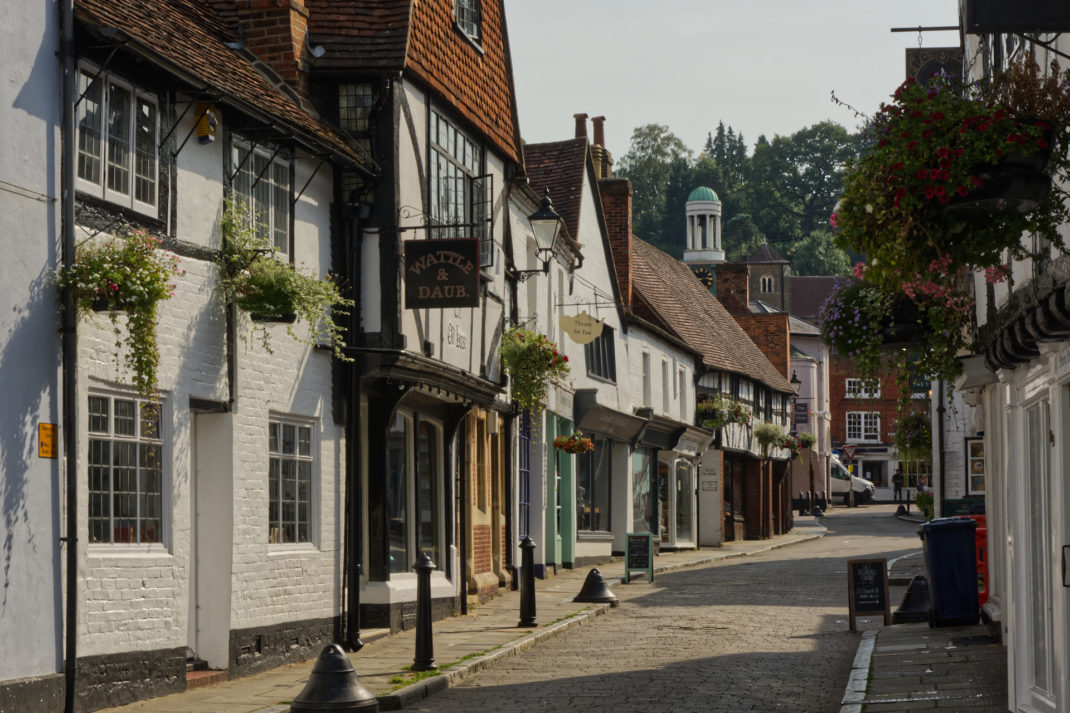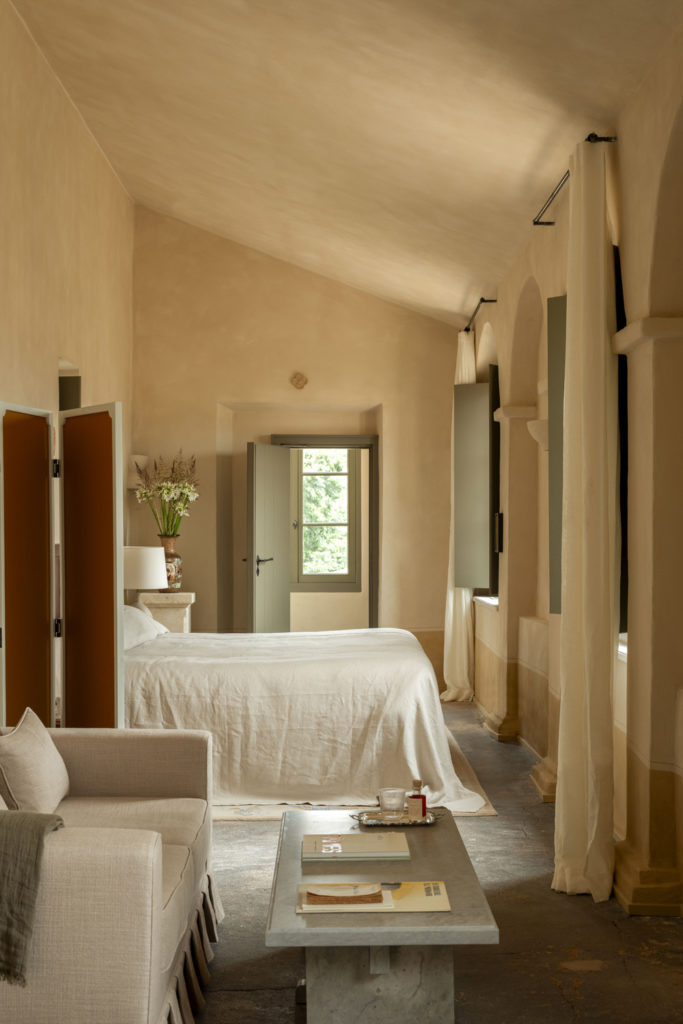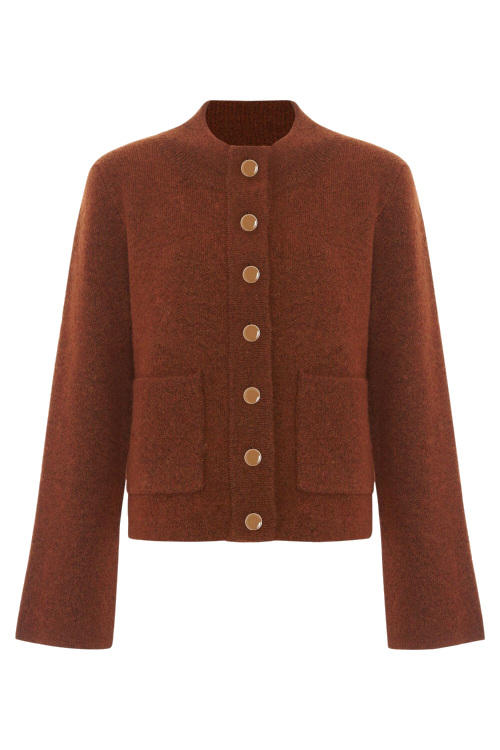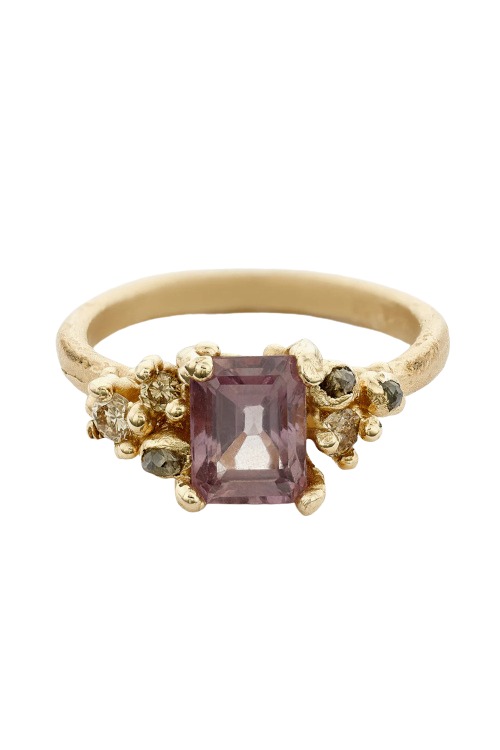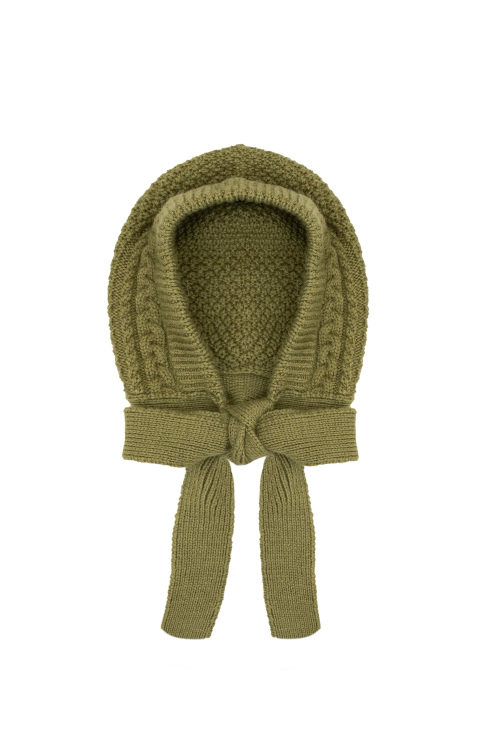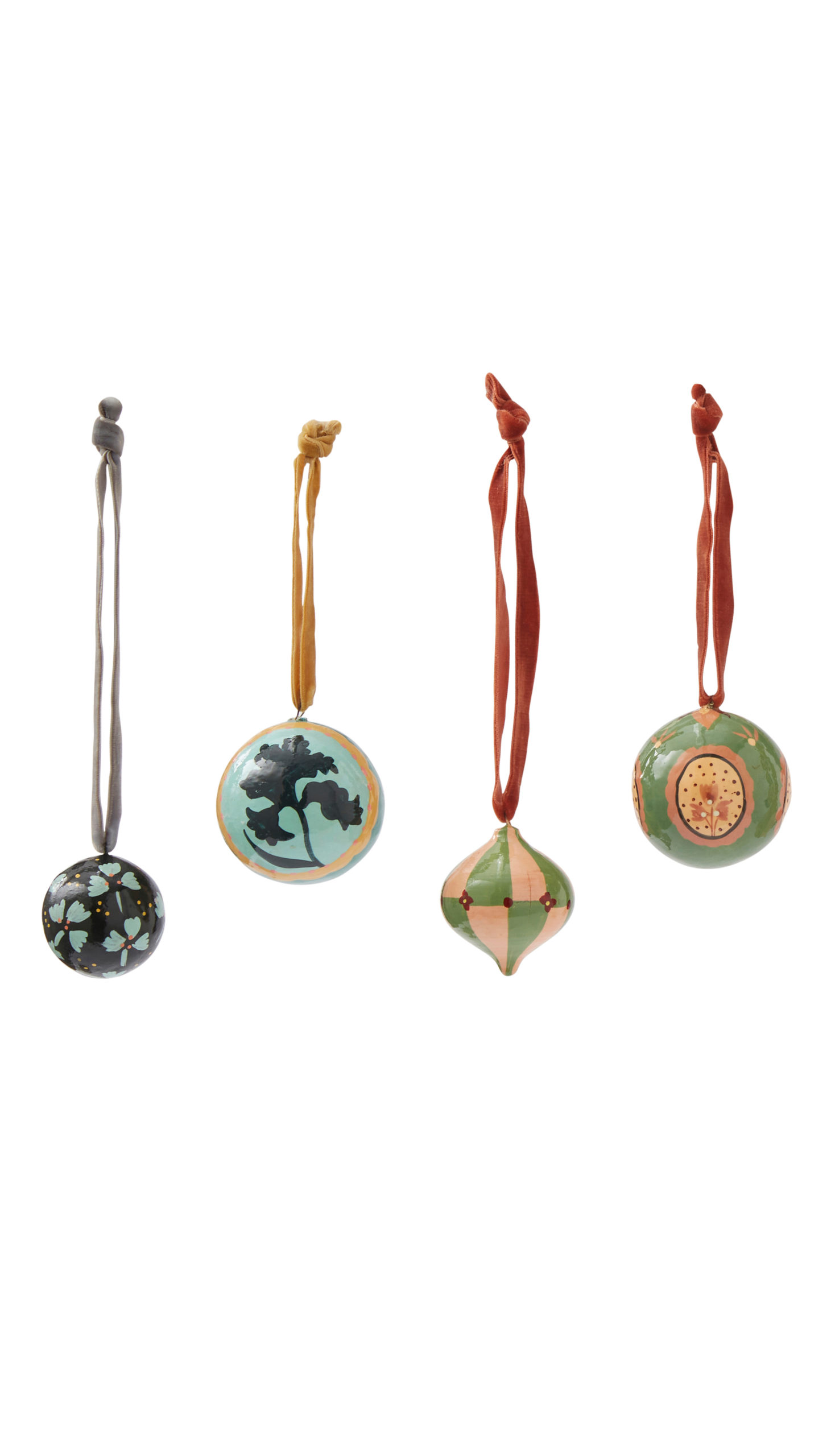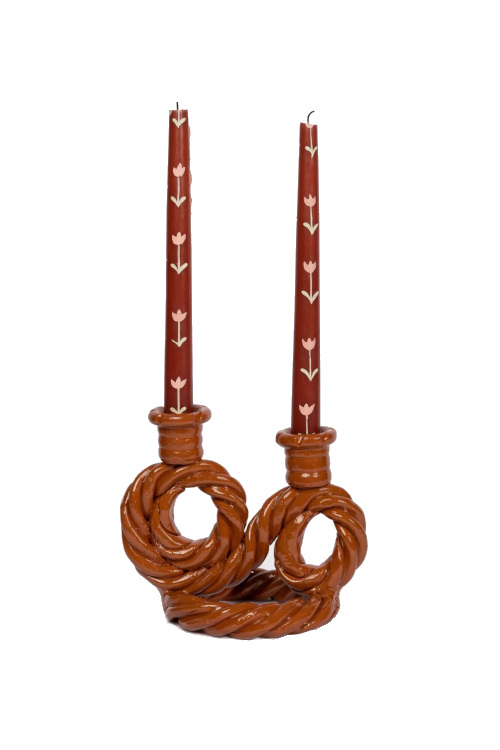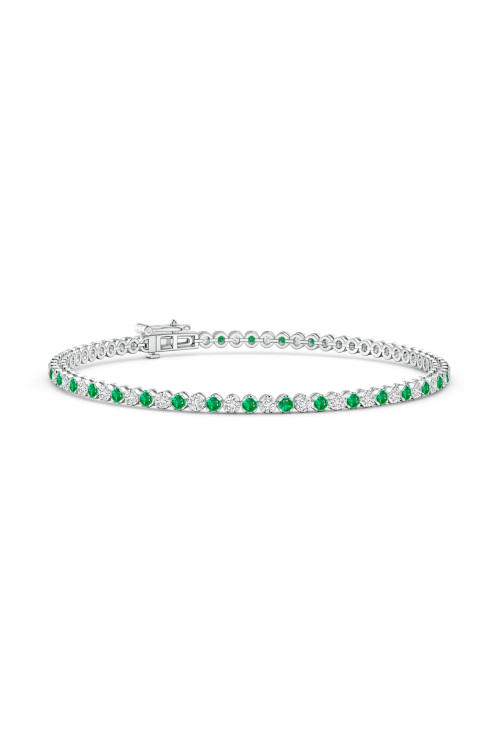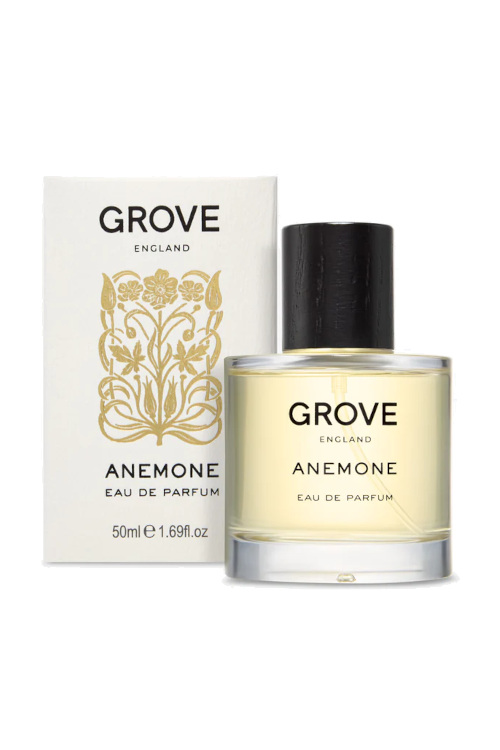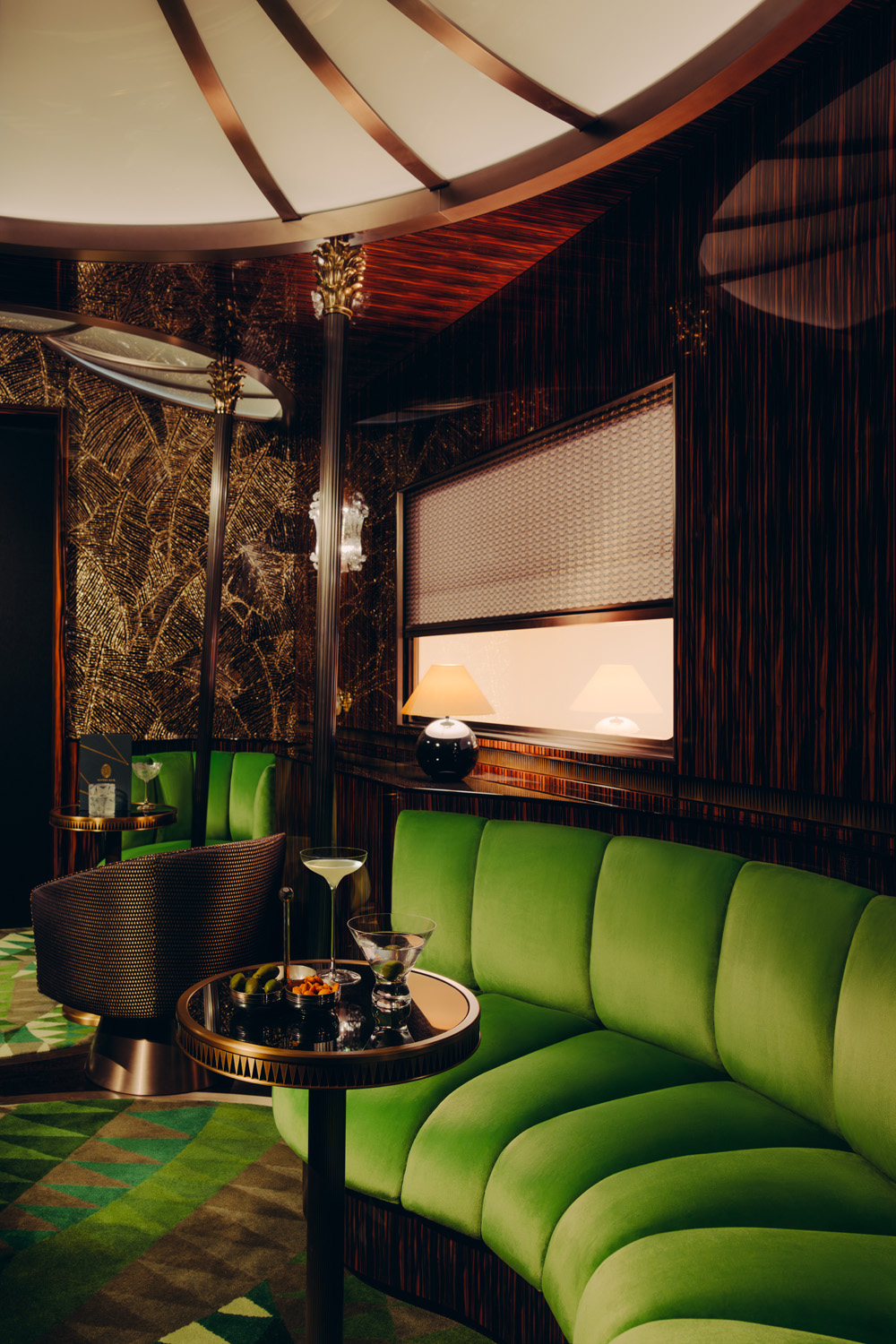
Take A Look At The Reborn Orient Express Train
By
2 months ago
Taking to the tracks in 2027
Following the launch of a plethora of luxurious journeys along the tracks on the continent, plus our very own Britannic Explorer here in the UK, the rail renaissance shows no signs of fading. But there is also a spellbinding je ne sais quoi about the original Orient Express Train, which first took to the tracks as early as 1883. It was the 1920s that saw the real Golden Age of rail travel – and this is when the Orient Express’s iconic and luxurious aesthetic was given its name: Art Deco.
A glimmer of light slicing through the Louvre’s grey clouds, a landmark exhibition has opened at the Musée des Arts Décoratifs in the grounds of Paris’s world-famous museum, titled 1925–2025: A Century of Art Deco. It harks back to 1925’s seminal Exposition Internationale des Arts Décoratifs et Industriels Modernes – the event where ‘Art Deco’ was born, characterised by geometric shapes and luxurious materials. At the core of 2025’s exhibition is The Orient Express, celebrating the train’s emblematic association with the movement. And newly revealed at the exhibition the Orient Express reborn: original, once-lost carriages injected with new life but still championing timeless Art Deco. Here’s a sneak peak.
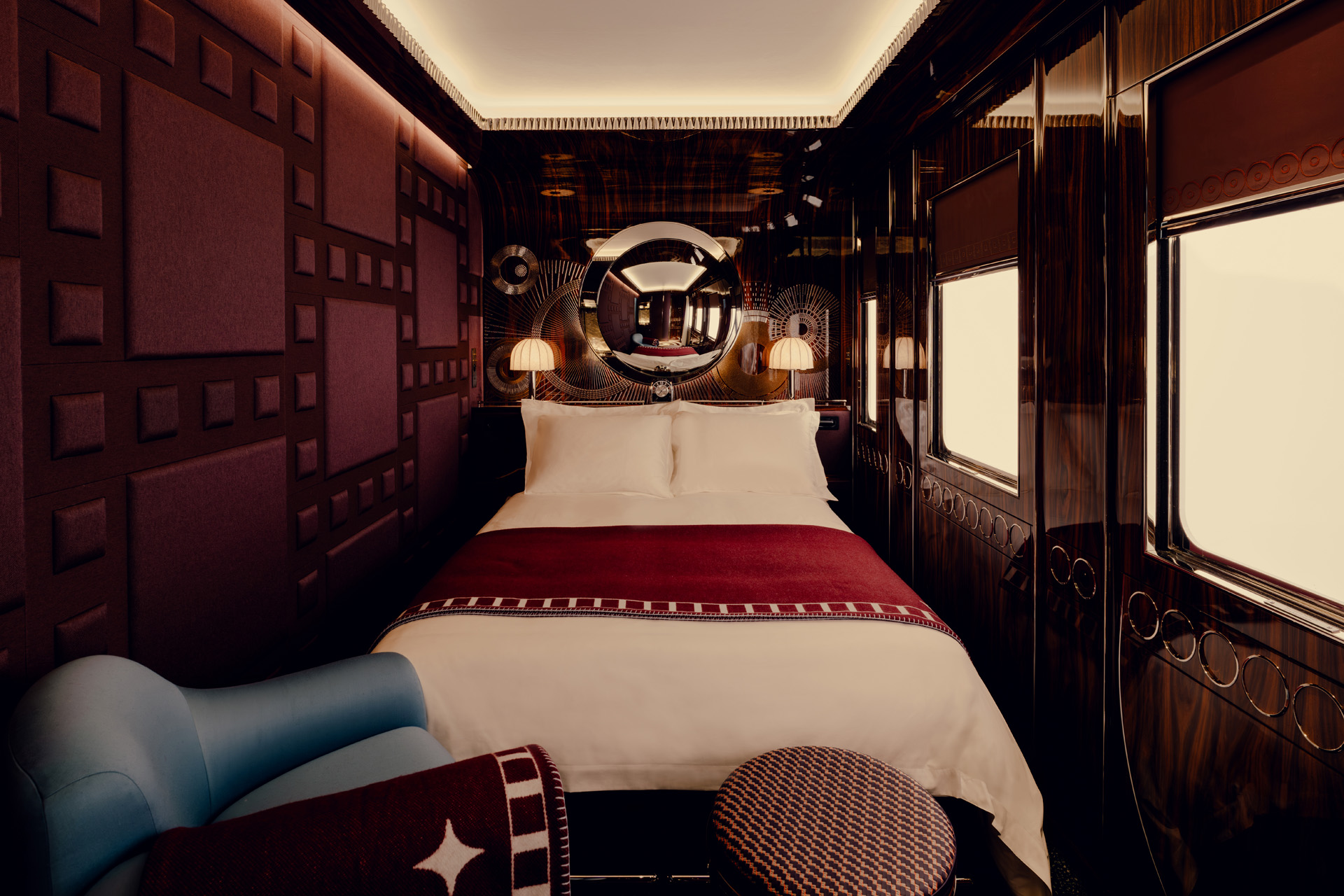
A suite aboard the reborn Orient Express. (© Alixe Lay)
The Orient Express Train Reborn
Open now at the Musée des Arts Décoratifs, the principle exhibit at 1925–2025: A Century of Art Deco is The Orient Express Train. And while this, one of the most significant Art Deco showings ever staged, is indeed a retrospective brimming with glimmering tidbits of history, it also has its eyes firmly trained on the future of the world’s most storied train brand. And Orient Express has a new story to tell…
Revealed in Paris and meticulously designed by architect Maxime d’Angeac, the new Orient Express train – set to take to the tracks in 2027 – has in fact been crafted using original 1920s and 1930s carriages. Originally thought to be lost, over the course of a decade Orient Express’ in-house historian Arthur Mettetal utilised Google Maps and 3D satellite imagery to track down 17 original cars formerly known as the ‘Nostalgie-Istanbul-Orient-Express’ abandoned on the Poland–Belarus border.
Transported back to France, with the help of thirty master artisans (from cabinetmakers and glassmakers like Lalique and Rinck, to ateliers Jouffre and the Tapestry Manufacture of Burgundy), these original carriages have been meticulously restored to their glamorous heyday, blending the spirit of Art Deco masters Ruhlmann, Dunand and Lalique-Haviland with 21st-century craftsmanship, technology and sustainability.
The news of these original carriages’ return to the tracks in 2027 follows the relaunch of the Orient Express brand when its La Dolce Vita Orient Express train embarked on its maiden voyage earlier this year. Owned by Accor (Europe’s largest hospitality company) since 2022, Orient Express also launched its first hotel La Minerva in Rome earlier this year and has revealed plans to open another hotel in Venice in April 2026. It has also teased details about the forthcoming Orient Express Corinthian yacht, setting sail in June 2026.
What’s Inside?
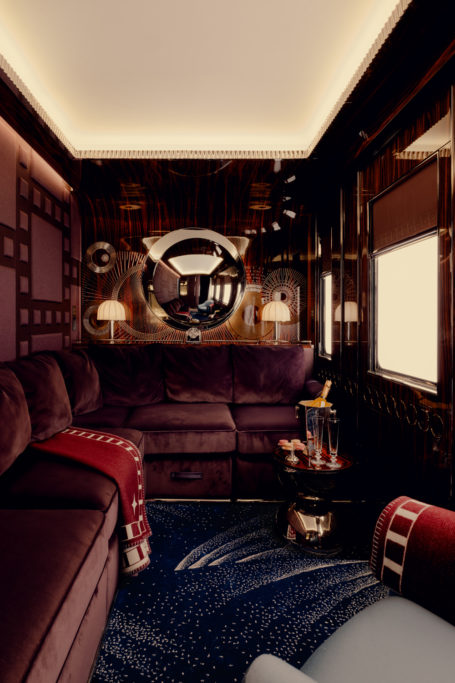
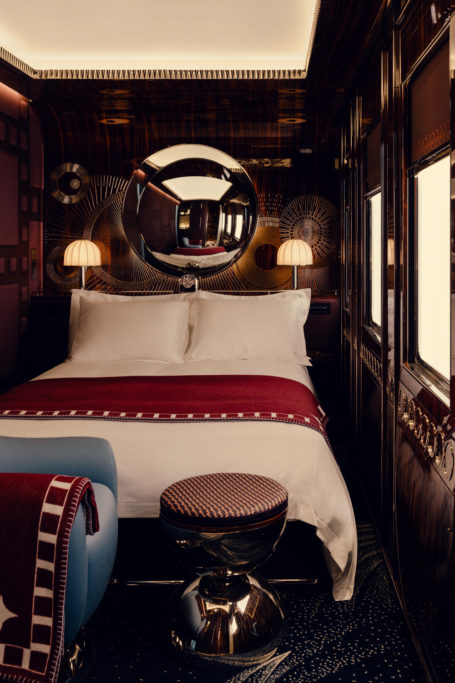
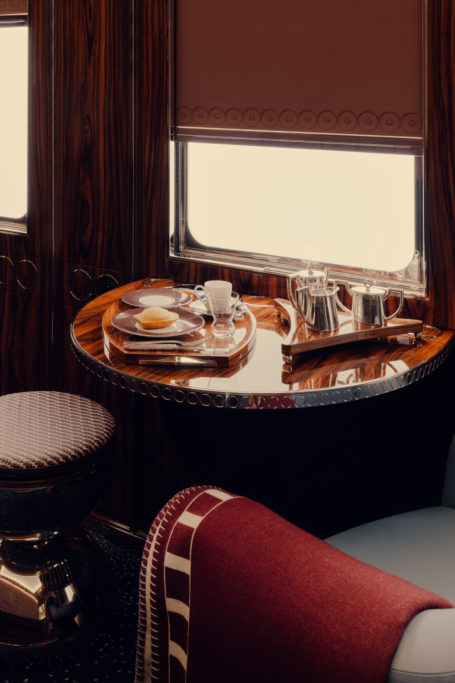
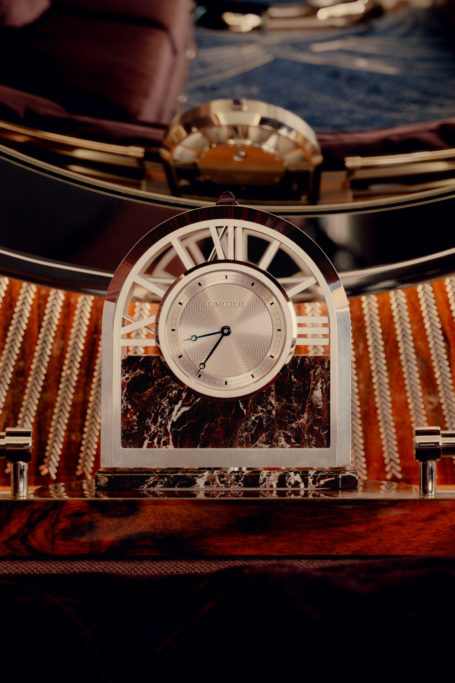
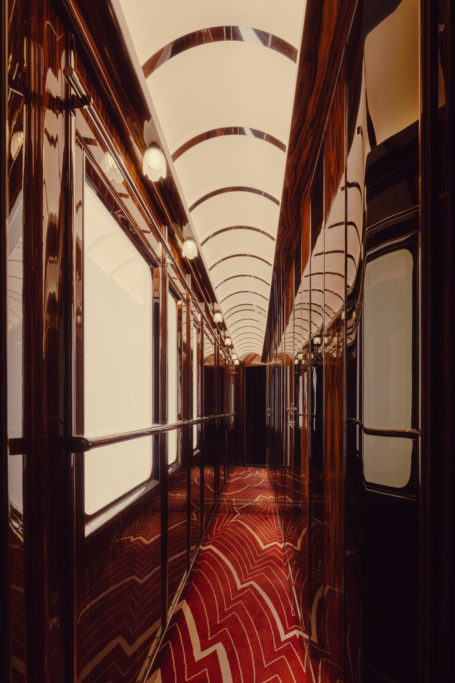
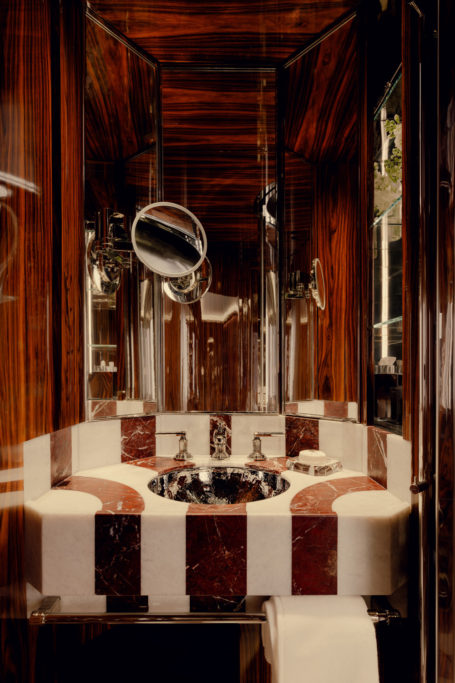
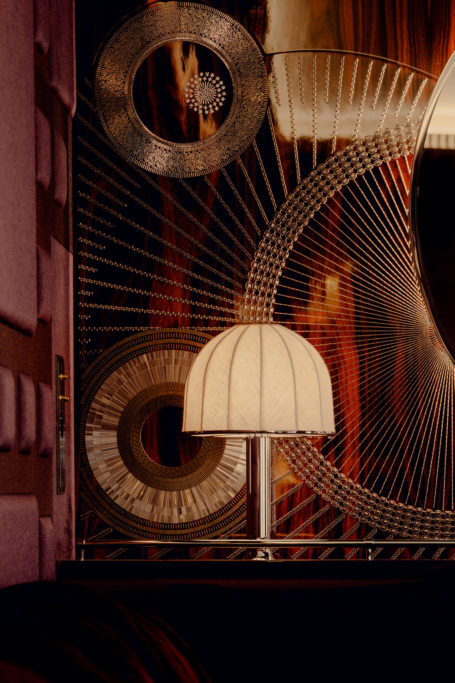
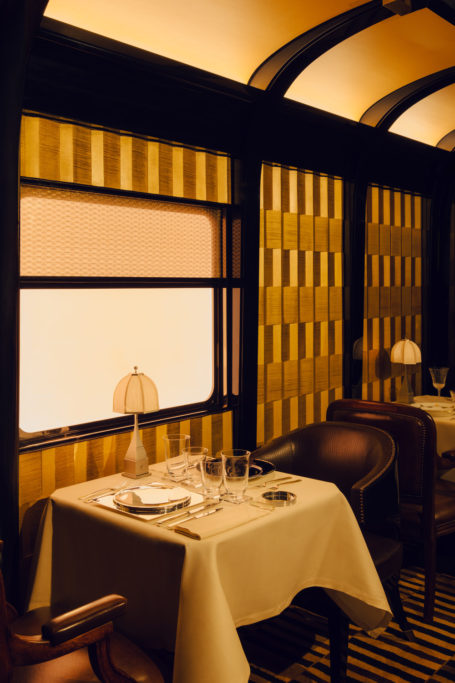
Running through the heart of the Orient Express is a ribbon of theatrical corridors: think mirrors, dramatic lighting and funky carpets. Suites sprout off, creating cossetting cabins through rounded organic shapes, plenty of wood and special details like embroidery and mother-of-pearl beading. A comfy sofa by day and a spacious bed by night, the nooks are adorned with Lalique’s original ‘Blackbirds & Grapes’ panels salvaged from abandonment, while marble-clad bathrooms are surprisingly comfortable. The best room in the house is the whole-car Presidential Suite, 69 ft long and 9 ft wide with its own private entrance.
Elsewhere The Bar Car is full of drama thanks to its large Second Empire-style domes of light, green hues, dark rosewood and shiny marble. Flower lamps signed by Lalique and recovered from the original carriages adorn the walls, while a graphic carpet adds movement to the space – naturally accompanied by the moving landscapes through the large windows framed by embroidered curtains. The Dining Car has slightly less drama and a dollop more warmth thanks to soft lighting, armchairs and a series of cocooning arches. Behind a glass wall, the chef and his kitchen brigade perform a dance of culinary choreography.
Find out more at orient-express.com
All images © Alixe Lay

